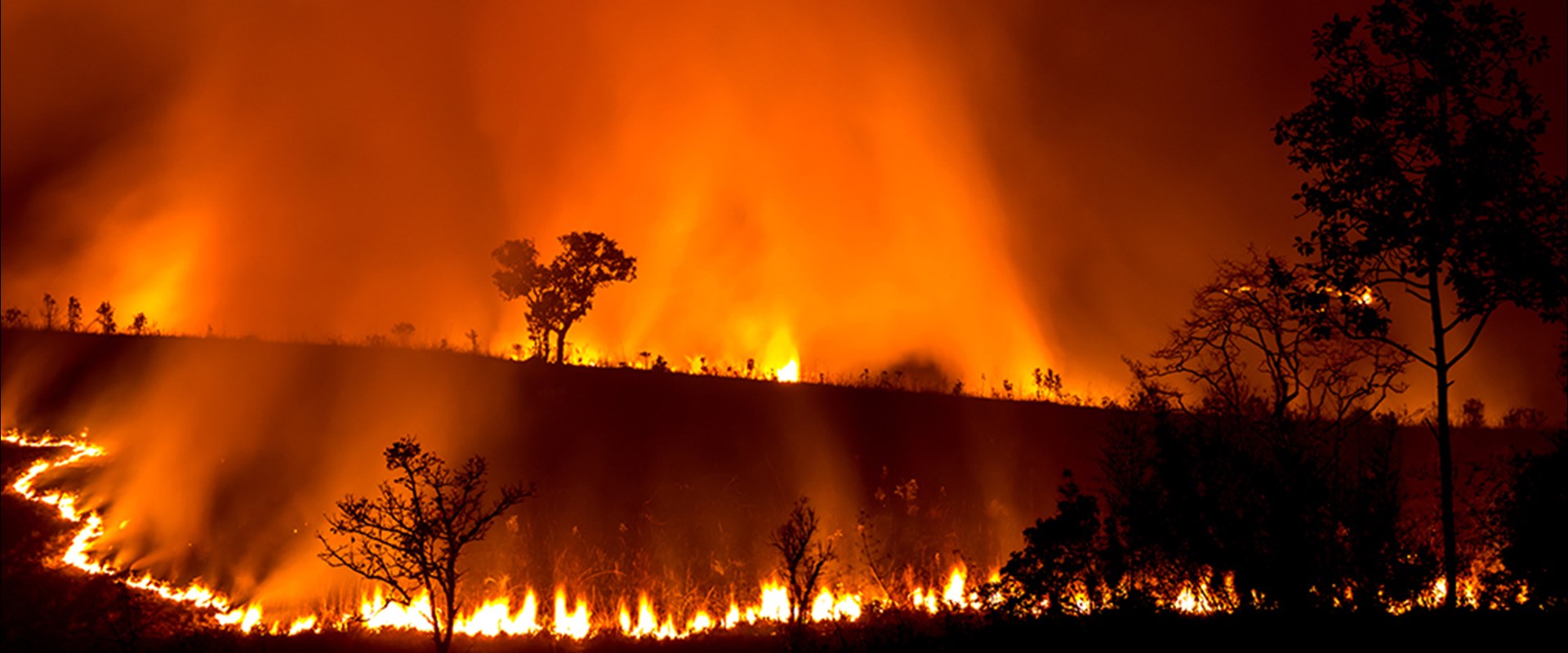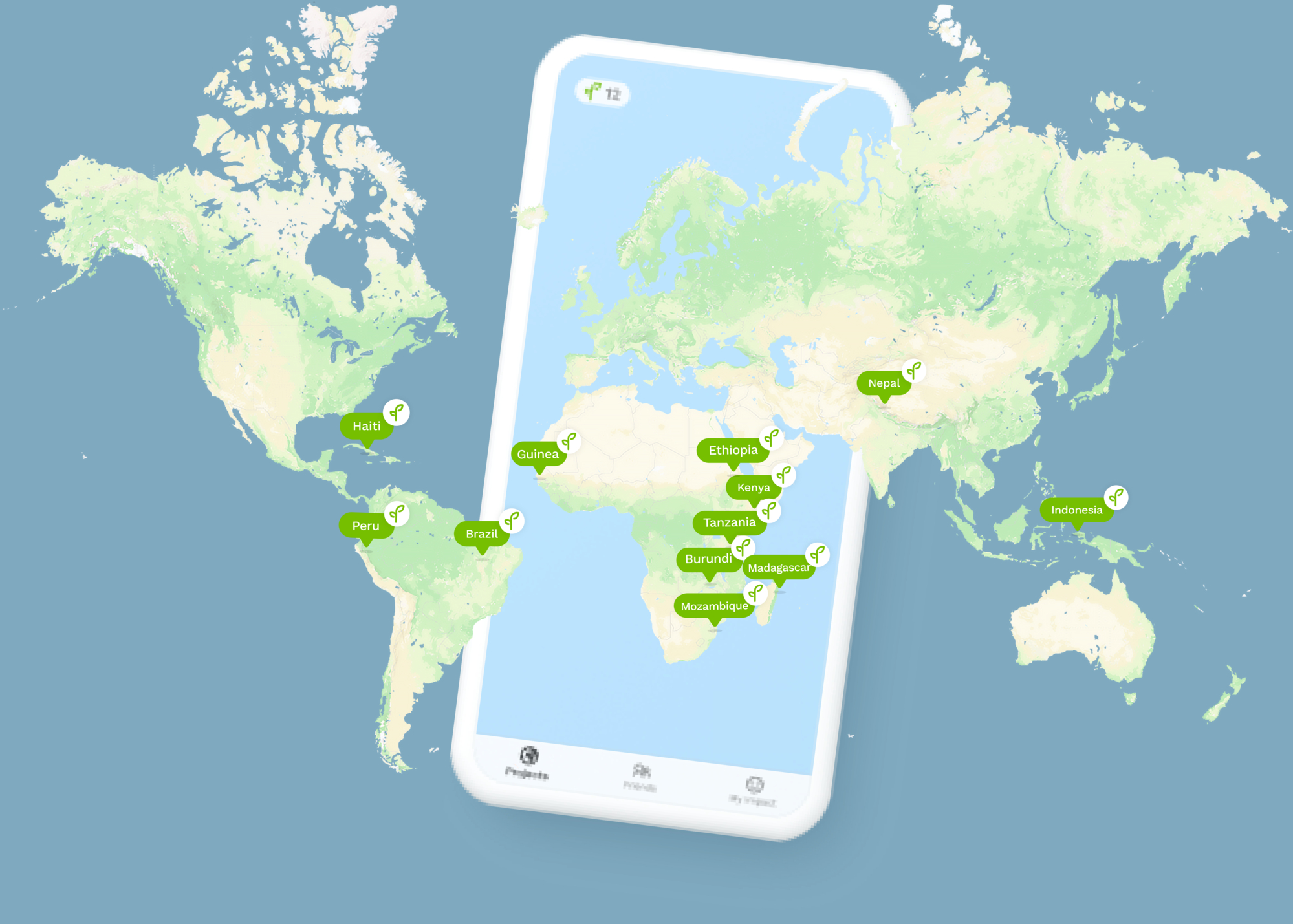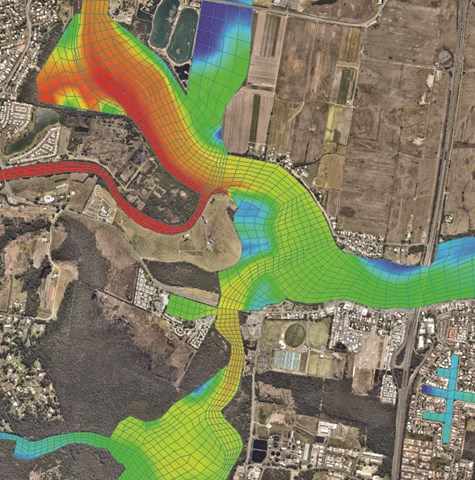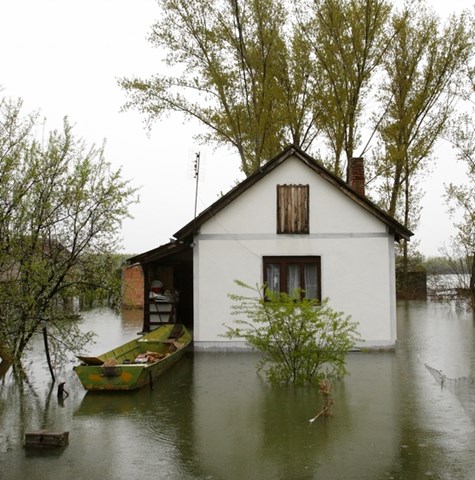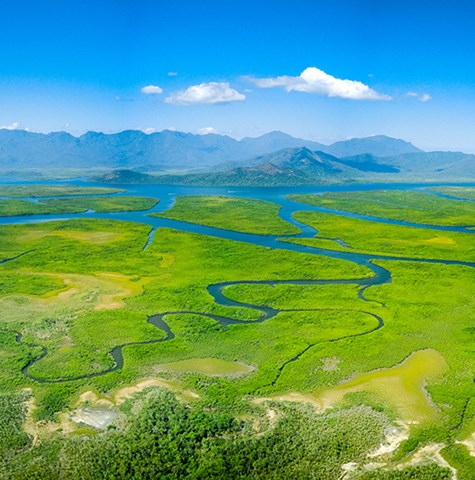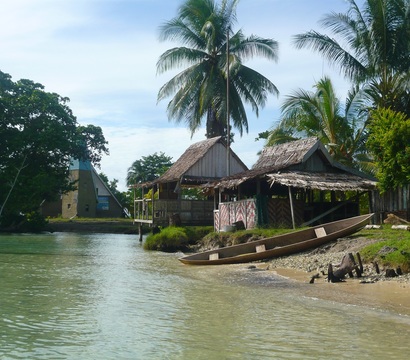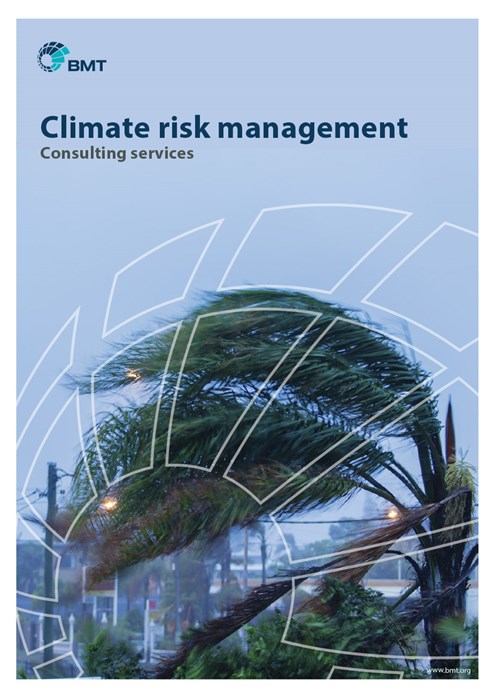Did you know, you can develop nature-based solutions that absorb carbon but also have a host of co-benefits – natural protections from hazards, biodiversity, water quality benefits.
Blue carbon credits and offsetting are two strategies used to mitigate the impacts of climate change.
Blue carbon refers to carbon stored in coastal ecosystems such as mangroves, seagrass beds, and salt marshes. These ecosystems are incredibly effective at capturing and storing carbon, making them an important tool in the fight against climate change.
Wetlands store more carbon than terrestrial forests and yet despite this, in the last 50 years 35% of the world’s wetlands have disappeared.
Blue carbon credits involve issuing credits to companies or individuals who invest in projects that protect or restore these ecosystems, thereby offsetting their own carbon emissions.
Offsetting refers to the practice of balancing out carbon emissions by supporting projects that reduce emissions or capture carbon elsewhere. This can include funding renewable energy projects or investing in reforestation efforts.
We have worked in blue carbon for over 50 years. As momentum grows globally toward better use of coastal ecosystems as highly effective carbon sinks, we can help you undertake carbon accounting assessments for natural ecosystems as well as designing and implementing large scale restoration and rehabilitation programs that generate carbon credits.
Both blue carbon credits and offsetting are important tools in reducing greenhouse gas emissions, but they should not be seen as a substitute for reducing emissions at the source. Instead, they can be used as part of a broader strategy to address climate change and transition to a more sustainable future.
We are proud of the work we have done in coral reef restoration and rehabilitation, including assisting island conservation managers across the Pacific and Indian Oceans to build resilience and restore these critical marine ecosystems.
